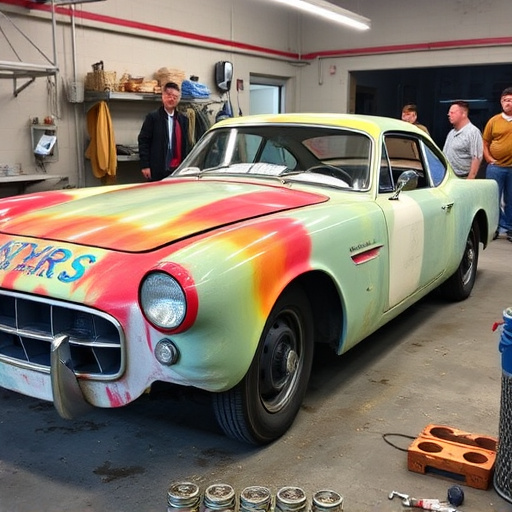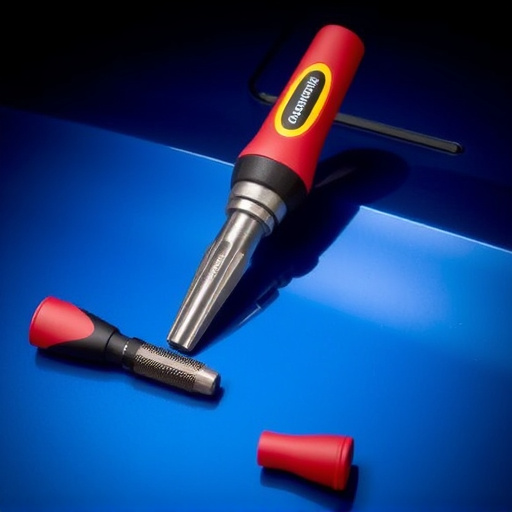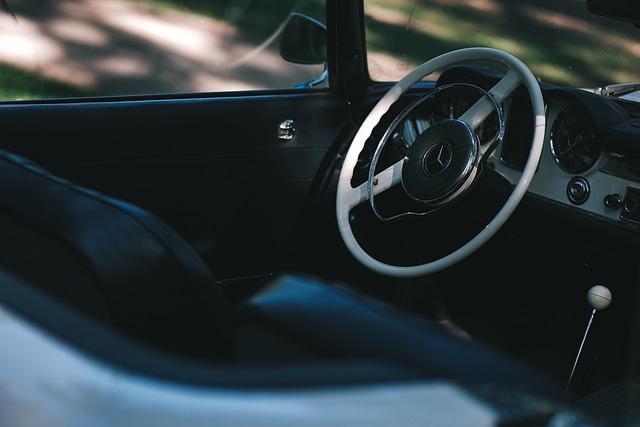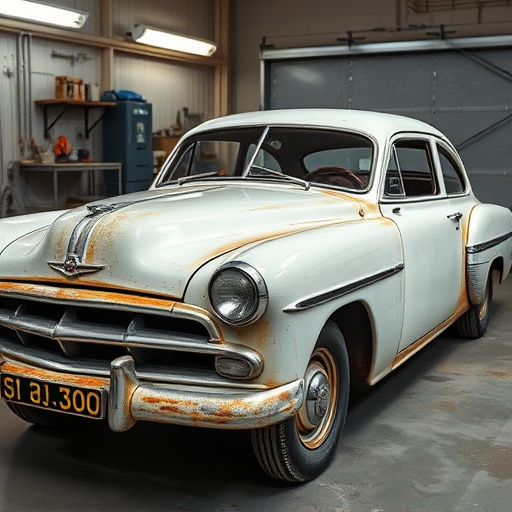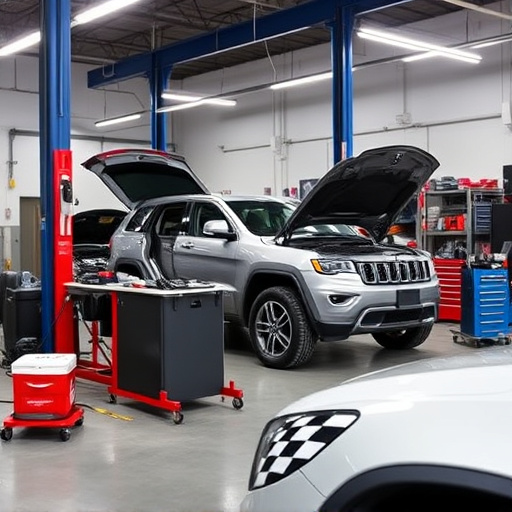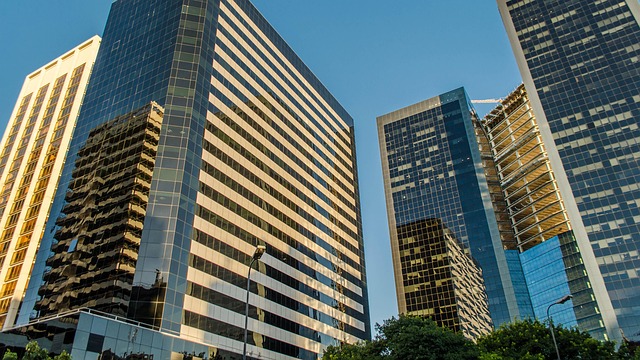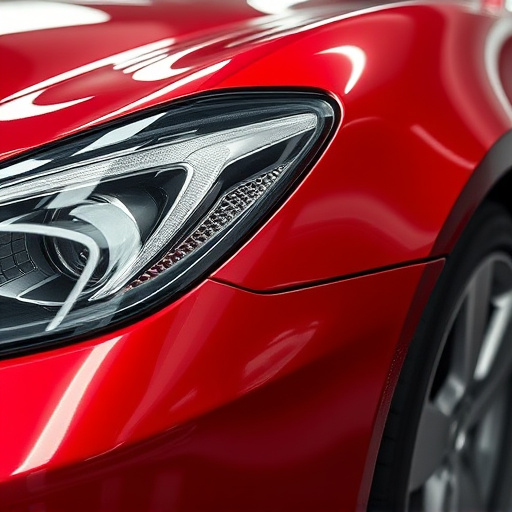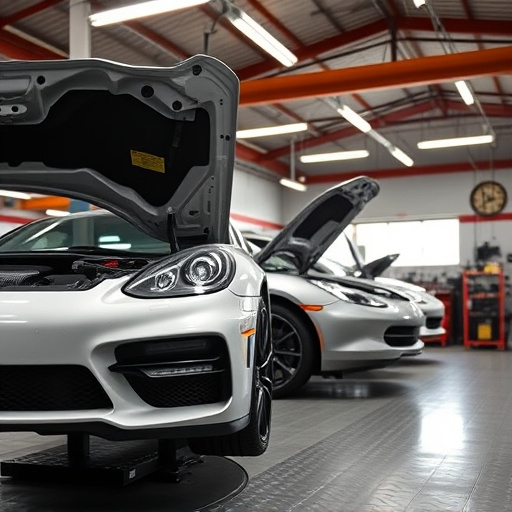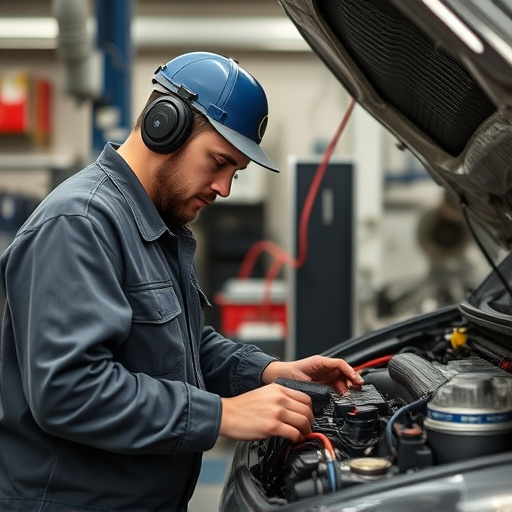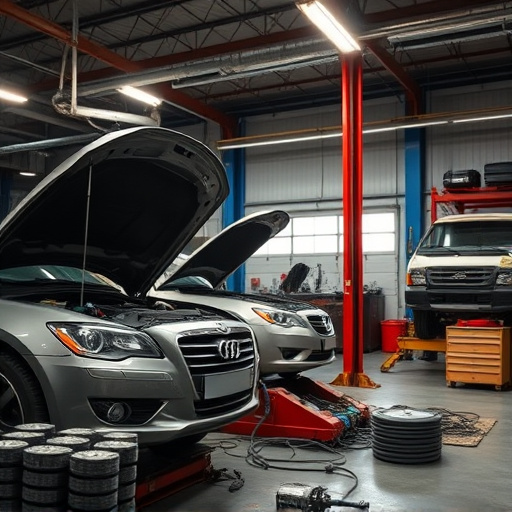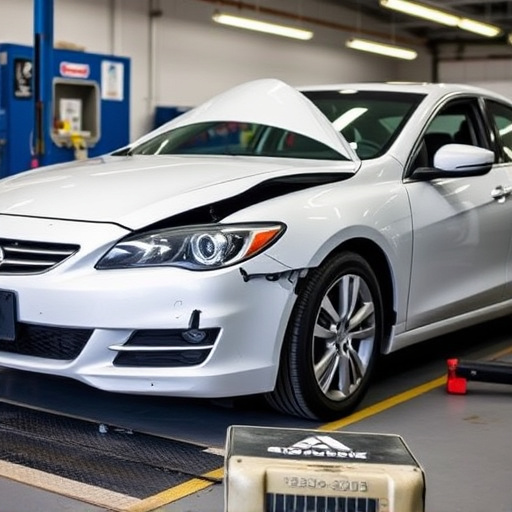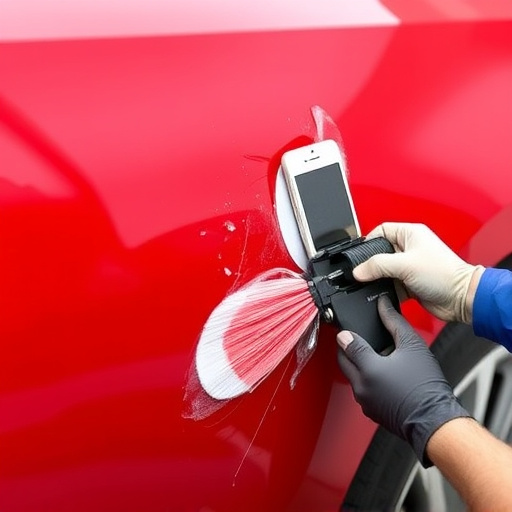Tesla wheel repair begins with assessing damage—cracks, dents, punctures, deformations—determining severity and type. DIY repairs for minor issues use Tesla tools and paint; complex cases require professional services. Gather genuine replacement parts and specialized tools before starting. The meticulous process involves inspection, removal, preparation, repair using welding or resins, quality checks, and reinstallation to meet Tesla's standards cost-effectively.
“Discover the comprehensive guide to Tesla wheel repair, a must-read for every car owner. This step-by-step overview demystifies the process, helping you navigate common damage assessment and repair tasks efficiently. From identifying Tesla wheel issues like scratches, dents, or cracks to sourcing authentic replacement parts, this article provides valuable insights. Learn how to equip yourself with the right tools, understand the repair process, and restore your Tesla’s wheels to their original splendor.”
Assessing Tesla Wheel Damage
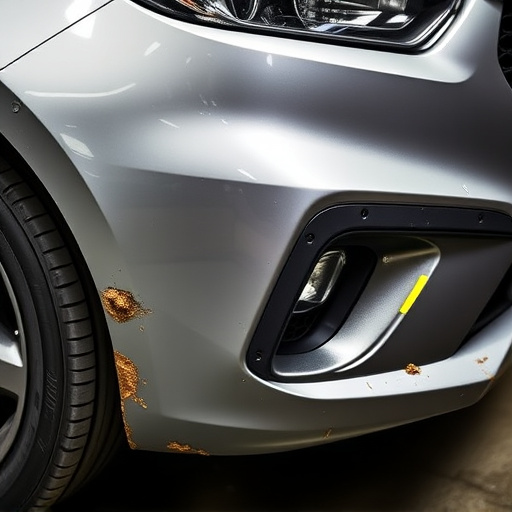
When it comes to Tesla wheel damage, assessing the extent of the issue is the first crucial step in the repair process. It’s essential to carefully inspect the wheel for any cracks, dents, punctures, or deformations. These defects can range from minor scuffs and scratches to more severe structural damages that may compromise the wheel’s integrity.
During the assessment, consider the type of damage, its location, and the overall condition of the wheel. Smaller issues like scuffs or minor dents might be suitable for at-home repair kits or DIY methods using Tesla wheel repair tools and paint. However, for more complex damages such as deep cracks, buckles, or significant deformations—typically resulting from severe car collisions or impact—professional car body repair and vehicle paint repair services are recommended. Such cases often require specialized equipment and expertise to ensure a safe and structurally sound restoration.
Acquiring Necessary Tools and Parts
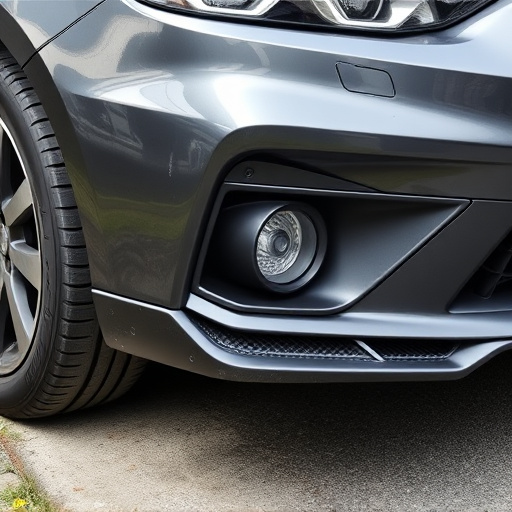
Before tackling any Tesla wheel repair, ensure you have all the requisite tools and parts at hand. This includes a variety of specialized sockets, torque wrenches, and precision screwdrivers designed for tight spaces, many of which are available at reputable auto parts stores or through online retailers focusing on automotive supplies. For genuine Tesla replacement parts, consider sourcing them directly from official Tesla service centers to guarantee compatibility and quality.
For more complex repairs, you might need specialized equipment like a wheel dynamometer to ensure proper balance and alignment. Moreover, for those without professional training in auto repair, consulting with an experienced mechanic or referring to detailed online guides can be invaluable. Remember, safety is paramount when dealing with vehicle components, so always prioritize using the right tools and following best practices, especially when handling parts like wheels that are integral to your Tesla’s stability and performance—avoiding issues akin to those that might crop up in a Mercedes-Benz collision repair scenario is crucial.
Step-by-Step Repair Process
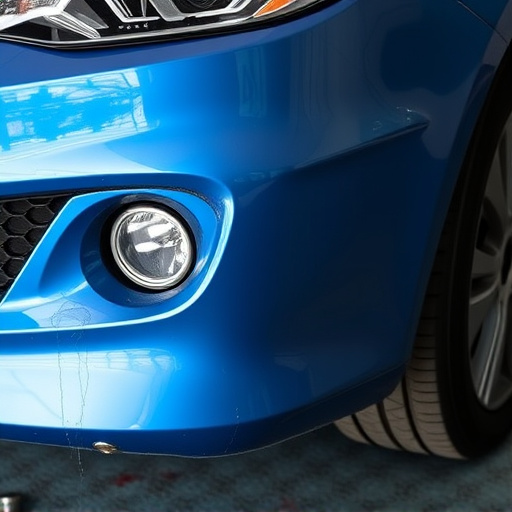
The Tesla wheel repair process involves several meticulous steps to ensure both aesthetic restoration and structural integrity. It begins with a thorough inspection to identify the extent of damage, whether it’s a dent, crack, or complete detachment from the vehicle. Once the issue is pinpointing, the damaged wheel is carefully removed using specialized tools, taking care not to cause further harm. The next phase involves preparing the wheel for repair; this may include sandblasting or polishing to ensure a clean and even surface.
After preparation, the actual repair begins. For small dents or scratches, a process known as plastic welding or filling is used to restore the wheel’s original shape. More severe cracks might require the application of specialized resins that mimic the original material. Once the repairs are complete, the wheel undergoes rigorous quality checks to ensure it meets Tesla’s high standards. Finally, after a careful reinstallation on the vehicle, the wheel repair is considered successful, providing a cost-effective alternative to replacing the entire wheel and enhancing the overall look and performance of your Tesla vehicle (including fleet vehicles in need of efficient auto glass replacement or fender repair solutions).
Tesla wheel repair is a feasible DIY project for those with the right tools and knowledge. By understanding the process of assessing damage, acquiring necessary materials, and following a step-by-step guide, you can effectively restore your Tesla’s wheels to their original condition. This overview equips you with the skills to tackle minor to moderate wheel issues, ensuring your vehicle maintains its sleek appearance and optimal performance. Remember, proper care and timely intervention are key to preserving the integrity of your Tesla’s wheels.

